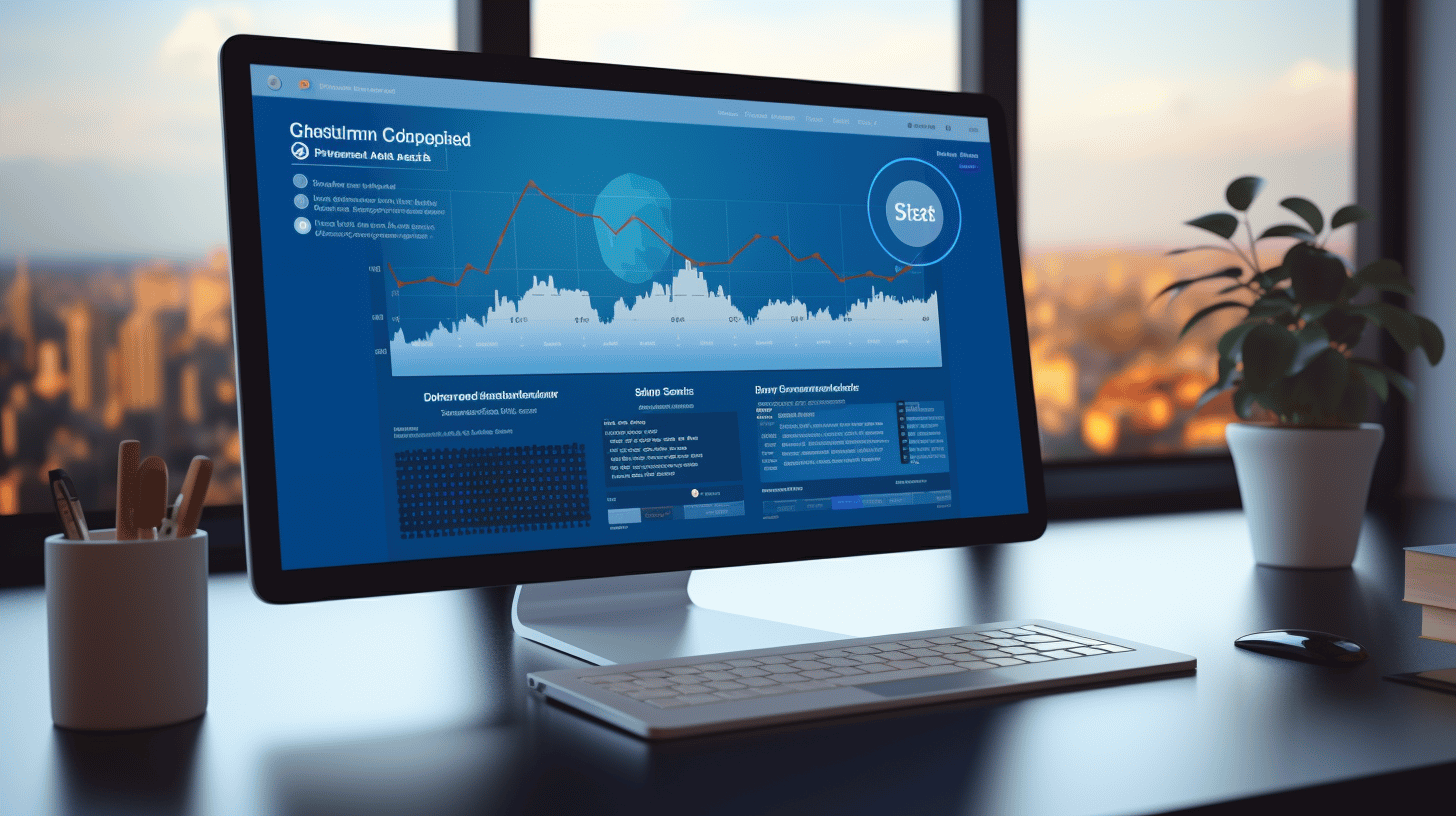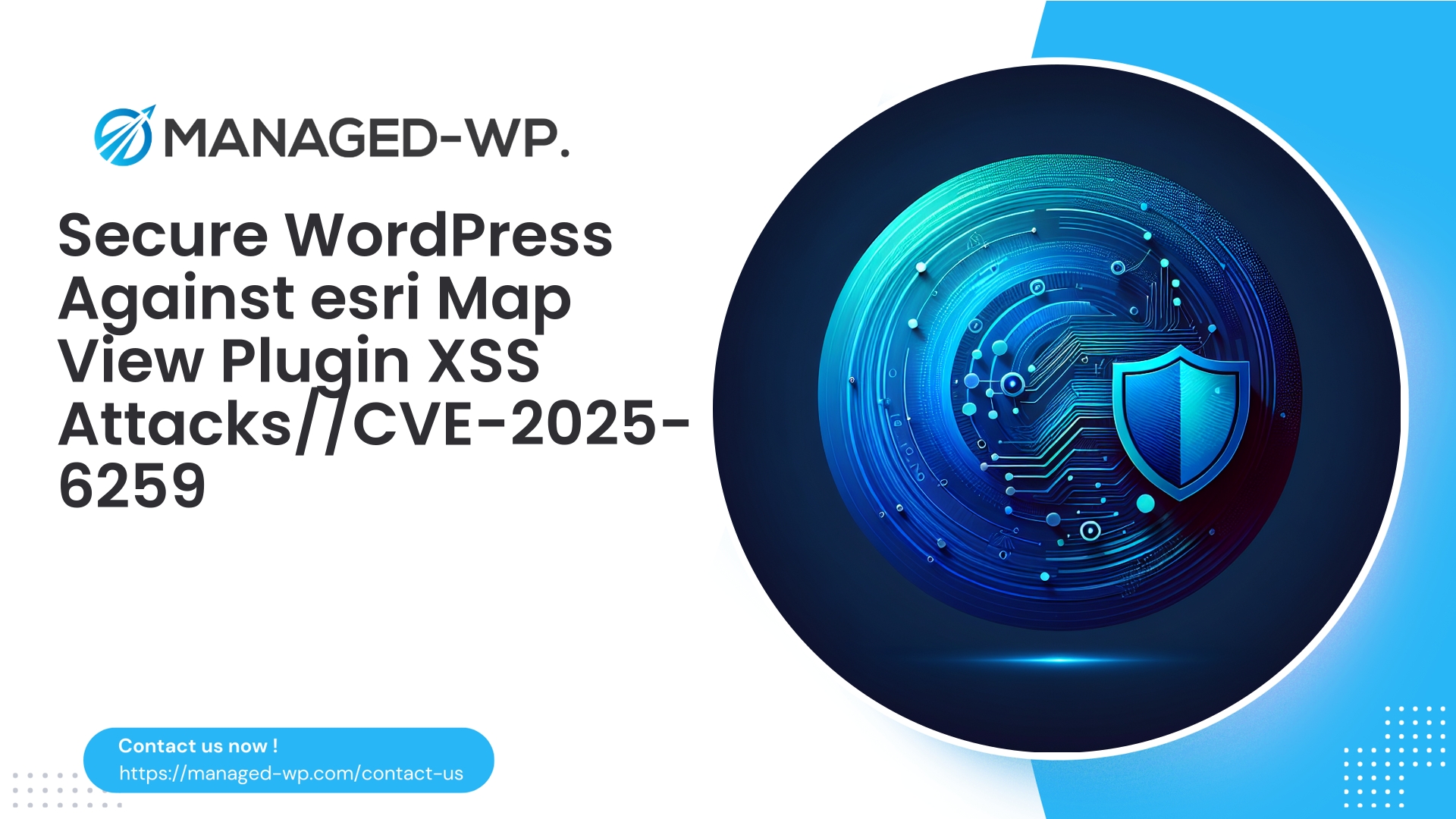| Plugin Name | Type of Vulnerability | CVE Number | Urgency | CVE Publish Date | Source URL |
|---|---|---|---|---|---|
| Element Pack | Cross-Site Scripting (XSS) | CVE-2025-8100 | Low | 2025-08-05 | View Details |
Critical XSS Vulnerability Discovered in Element Pack Elementor Addons Plugin: Essential Insights for WordPress Users
As WordPress continues to power over 40% of websites worldwide, it naturally becomes a prime target for cyber attacks. While the WordPress core undergoes continuous security improvements, vulnerabilities frequently emerge through third-party themes and plugins, which remain the predominant source of security incidents.
Recently, a significant security vulnerability was identified in the Element Pack Elementor Addons plugin (version ≤ 8.1.5), a widely used plugin that enriches the Elementor page builder with numerous widgets and functionalities. This flaw enables users with authenticated access at the Contributor level to inject persistent malicious scripts that execute when others visit affected pages. This is classified as a Stored Cross-Site Scripting (XSS) vulnerability.
What Does This Vulnerability Entail?
The issue specifically affects the Open Street Map Widget’s Marker Content feature within Element Pack. Here’s a summary of the vulnerability:
- User Privileges Required: Any authenticated user holding Contributor access or higher.
- Attack Vector: Injecting harmful scripts through editing or adding content within Open Street Map markers.
- Vulnerability Type: Stored Cross-Site Scripting (XSS).
- Technical Mechanism: Malicious HTML or JavaScript payloads get saved into the website’s database via the marker content.
- Impact: These scripts execute in the browsers of visitors viewing the contaminated pages.
Breaking Down Stored XSS
Stored XSS occurs when malicious code is permanently saved server-side (in a database) and served to users later, unlike reflected XSS which happens dynamically via crafted URL parameters or form inputs. Stored XSS presents a stealthier and more persistent threat, potentially compromising site visitors, editors, and administrators.
Because Contributors usually have content publishing rights and are trusted users, an attacker who gains this role or compromises a contributor account could:
- Redirect visitors to malicious websites.
- Steal session cookies or authentication tokens.
- Perform unauthorized actions mimicking legitimate users.
- Inject deceptive interfaces to capture sensitive information.
Although contributors may have limited privileges compared to admins or editors, exploiting this flaw still poses significant security risks.
Understanding the Risk Level
This vulnerability is assigned a CVSS version 3 score of 6.5 and categorized as Low Priority by the original disclosure, placing it in the moderate risk bracket. Key factors influencing this rating include:
- Required Access: Must have Contributor privileges, limiting exposure.
- Scope: Not exploitable by unauthenticated users remotely but can impact visitors through injected scripts.
- Complexity: Attack requires access or compromise of user accounts with contributor rights.
For websites with multiple authors or open contributor roles (such as freelancing or community-driven content), this creates an entrance for persistent XSS attacks.
XSS vulnerabilities, even when labeled low priority, frequently serve as entry points for more damaging exploits like malware distribution, privilege escalation, and website defacement.
Manifestation of This Vulnerability on Your Site
The malicious script is stored in the marker content of the Open Street Map widget—commonly used to show locations or points of interest. Potential consequences include:
- Visitors unknowingly execute harmful scripts compromising their session or data.
- Your website’s reputation and search engine rankings could suffer due to hosting malicious content.
- Administrators and editors may unknowingly propagate the malicious payload while editing or reviewing content.
- Use as a stepping stone for phishing or data theft campaigns.
Recommended Immediate Action: Update to Version 8.1.6 or Higher
The plugin authors have released a fix in Element Pack Elementor Addons Plugin version 8.1.6. Taking action promptly includes:
- Upgrading your plugin to version 8.1.6 or newer.
- Ensuring all users with contributor roles are verified and trustworthy.
- Reviewing existing map marker content for suspicious entries and removing any malicious scripts.
For administrators managing numerous WordPress sites or multisite environments, it’s critical to incorporate patch management into your maintenance routine to minimize security risks.
Why You Should Not Overlook “Low Priority” Warnings
Some site owners might be tempted to disregard this vulnerability because it requires contributor access and receives a moderate CVSS score. However, consider:
- Contributor accounts are commonly targeted in credential-based attacks such as phishing or brute force.
- Multisite installations, member communities, and collaborative sites often have multiple contributors, broadening attack surface.
- Stored XSS remains persistent until manually cleared or patched.
- Attackers may exploit XSS as a pivot point for chaining further, more serious exploits.
Ignoring such vulnerabilities can leave your WordPress site dangerously exposed.
Strengthening WordPress Security Beyond Plugin Updates
While updating plugins is crucial, integrating multiple security layers provides a far stronger defense:
1. Control User Roles and Permissions
- Limit contributor roles to absolutely necessary users.
- Regularly audit user roles and access levels.
- Implement two-factor authentication (2FA) for contributors and all privileged users.
2. Ongoing Vulnerability Monitoring
- Deploy monitoring tools to detect vulnerabilities in plugins, themes, and WordPress core.
- Subscribe to vulnerability databases specific to your WordPress environment.
- Prioritize patching based on detected severity and exposure.
3. Web Application Firewalls (WAFs)
- Use a WordPress-compatible WAF to detect and block XSS payloads and other attacks.
- Benefit from virtual patching capabilities that shield your site even before official updates are released.
- Sanitize incoming requests and monitor suspicious activity.
4. Regular Malware Scanning and Incident Response
- Schedule and automate malware scanning on your sites.
- Establish protocols for auditing suspicious code or backdoors.
- Consult cybersecurity professionals for incident investigation when necessary.
5. Train Contributors on Security Awareness
- Educate contributors to recognize phishing attempts and malicious code.
- Encourage prompt reporting of suspicious incidents or anomalies.
Securing Open Street Map Widget: Sanitation and Access Controls
Given this vulnerability centers on the Open Street Map widget’s marker content, protect this feature by:
- Enforcing strict input sanitization to escape or remove HTML and JavaScript in marker content.
- Implementing Content Security Policies (CSP) that restrict script execution to trusted sources.
- Restricting marker editing permissions to trusted users only.
- Validating marker data both in backend and frontend code.
Applying these practices significantly reduces risks posed by stored or DOM-based XSS attacks.
How Managed-WP Supports Your Security Strategy
Managed-WP provides an advanced security platform to protect your WordPress sites proactively against threats like the Element Pack stored XSS vulnerability by:
- Instant Virtual Patching: Protect sites immediately even before plugin patches are applied.
- Robust WAF Rules: Automatically detect and block malicious payloads targeting plugin input fields including map widgets.
- User Activity Monitoring: Alert on unusual actions performed by contributors or other users.
- Comprehensive Malware Scanning: Rapid detection of injected threats.
- Zero-Trust Access Controls: Integrate 2FA and granular permissions to reduce compromised account risks.
These combined capabilities allow Managed-WP to minimize your attack surface and maintain site integrity consistently.
Clearing Up Common Misunderstandings About WordPress Security
- “My site is too small to be a target.”
Automated bots attack millions of sites indiscriminately. No site is truly safe from exploitation attempts. - “Only administrators pose security risks.”
Contributor and editor roles can cause serious harm through vulnerabilities like XSS and privilege abuse. - “Antivirus on my PC protects my website.”
Client-side antivirus has no bearing on server-side vulnerabilities and malicious scripts on your site. - “Regular updates guarantee complete security.”
While important, zero-day vulnerabilities and delayed patches mean layered defenses remain necessary.
Maintain Vigilance with Continuous Security Assessment
Security is an ongoing process. Maintain a strong posture by:
- Regularly reviewing and cleaning your plugin and theme inventory.
- Removing inactive or unsupported plugins.
- Monitoring user activity logs, especially contributor behavior.
- Using security tools’ reports and analytics to identify risks.
- Engaging professional security audits and penetration tests where practical.
Final Thoughts: Proactive Response Saves Websites
The disclosure of the stored XSS flaw in Element Pack Elementor Addons is a critical wake-up call for all WordPress site owners and managers. Despite its moderate risk classification, the potential security impact—including data theft, defacement, and SEO damage—is substantial.
Prompt updates, enhanced defenses, and continuous monitoring form the foundation of resilient WordPress security.
Start Securing Your WordPress Site Risk-Free with Managed-WP Today
Protecting your website doesn’t have to be complex or costly. Managed-WP’s free plan equips you with essential tools to:
- Deploy a powerful web application firewall (WAF).
- Enjoy unlimited bandwidth protection.
- Conduct regular malware scans.
- Effectively mitigate major vulnerabilities including the OWASP Top 10 risks.
Upgrade anytime for advanced features such as automatic malware removal, IP blocking, detailed security reporting, and virtual patching.
Take control of your WordPress security today. Sign up for free protection at:
https://my.wp-firewall.com/buy/wp-firewall-free-plan/
Fortify your defenses without spending a dime — because a secure website protects you and your users alike.
Additional Resources to Deepen Your Security Knowledge
- Learn about Cross-Site Scripting (XSS): OWASP XSS Guide
- Best practices for managing WordPress user roles and capabilities.
- Implementing Content Security Policies in WordPress for enhanced protection.
Stay alert, keep your plugins updated, and layer your security measures. A well-protected WordPress site is a strong foundation for online success.
This article is published by the Managed-WP Security Team, committed to making WordPress a safer platform for everyone.
Note: Information presented here reflects vulnerability disclosures as of August 2025. Always consult plugin developers for the latest security updates.



















